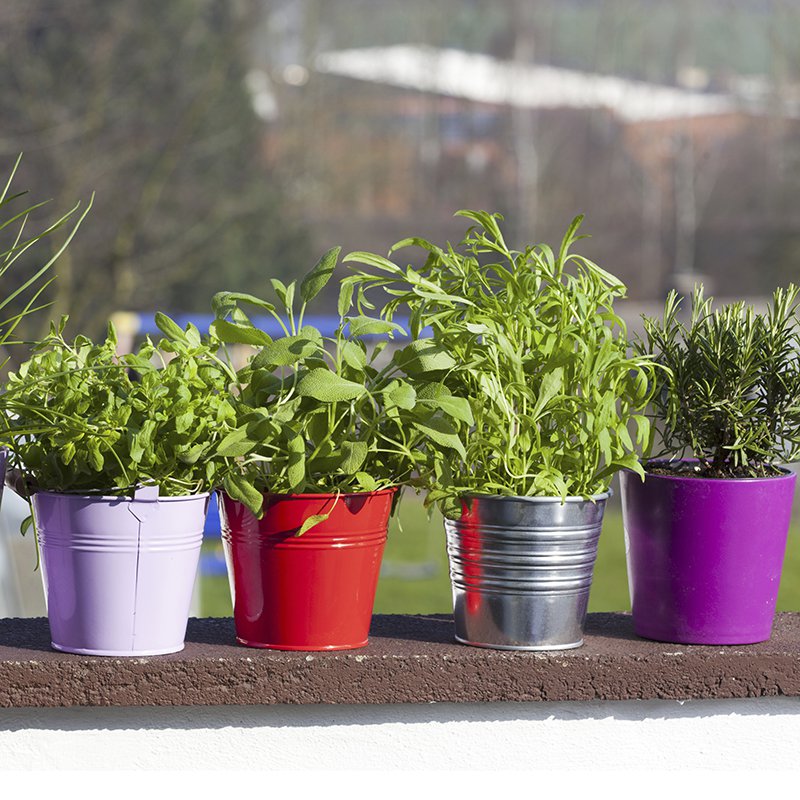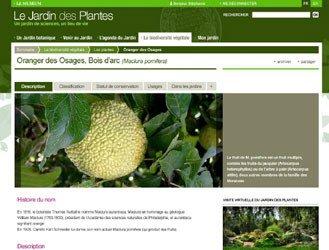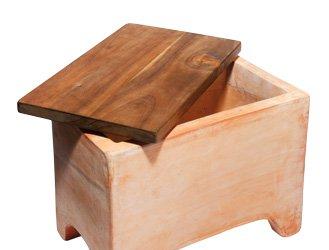South exposure ... what to plant?
And north then?
Pots, bins, terracotta or wood, what to choose?
How to plant your aromatics?
Make your own herb garden
To impress your friends at a dinner or just for the pleasure of the " fresh and natural " make your own herb garden is not always easy.
What to sow and what season? The choice is not obvious and yet it is of extreme importance if you want to get beautiful tasty plants.
Discover all the essential tips to know as soon as possible !
South exposure ... what to plant?
If your balcony is facing south , you can plant:
- annual plants to be sown on site parsley, coriander, chervil ... Sow them in the spring . Once cut, freeze them at the first signs of seed rise.
- chives, not only its taste is nice but its flowers are also very pretty and guarantee a nice effect in salads.
- Thymes and serpolets, common, full-bodied or lemon, their scents are numerous and their colors are brightened. Practical, they pick, dry and keep all year !
- marjoram with shells, less known than the other plants mentioned so far, it is nevertheless very appreciated to flavor your grill .
- Garden peppers! Their warm colors are balm to the heart and their plantation gives the impression of having a small kitchen garden at home! You can choose the type of chillies according to your tastes: strong or sweet they will be able to keep in oil or simply to be dried by way of decoration!
And north then?
On the contrary, if your balcony is north , then it is recommended to cultivate:
- once again annual plants to be sown on site parsley, coriander, chervil ... are recommended because raised in a place like this, they can be sown late which will allow you to enjoy all season !
- Tarragon , this funny plant will accompany you throughout the summer !
- the small burnet , it must be picked regularly. To keep it soft , mix it with green sauces!
- common sorrel , ripe in the spring and easy to grow , you can produce until the first frosts .
- the lovage, with it you will save ! Indeed no longer need to buy cubic broths, only one foot will replace them for several months. To use it you just need to dry it and then grind it, you will get a very fragrant celery salt.
Pots, bins, terracotta or wood, what to choose?
Once your selection of aromatics made, get large pots or bins that allow you to make combinations of plants.
Especially do not opt for plastic containers but prefer materials such as terracotta (be careful it can heat in the sun if not protected), wood (risk of moisture if exposed to the North) or sandstone (expensive but solid).
Small tip: put calluses under the pots to ensure the flow of water during drainage, so you avoid the rise of moisture that can be fatal.
How to plant your aromatics?
To begin, fill your container with a generous draining layer (in the form of clay balls, seashell, pebbles, pottery shards ...).
Then cover with a square of geotextile (woven or not). You will prevent once the earth infiltrated, the drain is clogged.
Then add the substrate (sort of modified fertilizer) suitable for your plant. The ideal formula is the following: 1/3 decomposed compost 1/3 topsoil 1/3 potting soil. A peel of vermiculite should be added per pail of mixture for dry plants.
Finally, install adequate saucers and water immediately. Straw with hemp straw or small pebbles .
Find many tips for gardening in the rules of art in the book Create her garden of organic aromatics, written by Nathalie David-Bernadat, Sylvie Hampikian and Brigitte Lapouge-Déjean, published by Terre Vivante.



